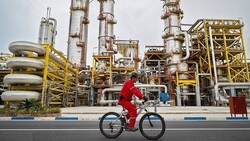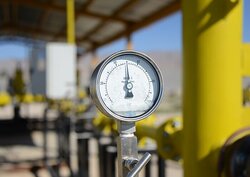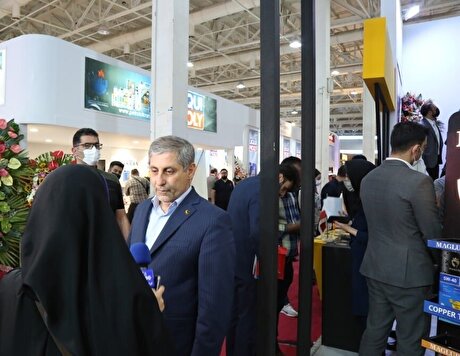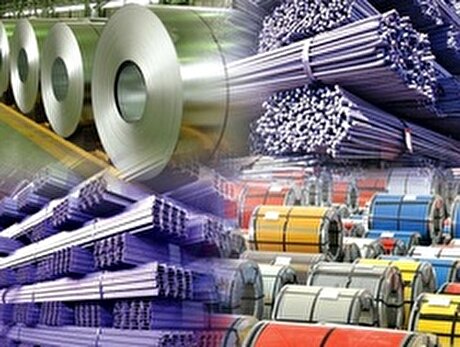Iran plans 33 projects to raise petrochemical production capacity

Several projects have been planned to add 3.5 million tons to the country's petrochemical production capacity, of which 60% or 2 million tons belong to the propylene chain, director of planning and development at the National Petrochemical Company said.
“Out of the total 33 projects, 10 are underway and the required permits have been issued for the rest. They aim to meet the needs of domestic industries and reduce imports,” Hassan Abbaszadeh was also quoted as saying by the NPC news portal Nipna.
“Last year, we imported $1.3 billion worth of petrochemical products that were not produced in the country. The planned projects will help reduce imports by about 70%,” he said.
A total of $3 billion will be invested on the projects, $1.8 billion of which will be allocated to the propylene projects.”
Iran has been facing a shortage of propylene for years. Its propylene production in 2025 will be 4% of its total petrochemical production, while the global average will reach 18% worldwide, 21% in China and 17% in the United States and 16% in Saudi Arabia.
Currently, about 1 million tons of propylene are produced by Iranian refineries and petrochemical plants.
Propylene – the second most important product in the petrochemical industry after ethylene – is a vital commodity. It can be transformed into value added products like polypropylene and create jobs in the downstream sector.
The primary material for propylene comes from cracking naphtha and other liquids such as gas oil and condensates. However, propane can also be used to produce propylene.
Iran produces 350 types of petrochemicals, for which there is high international demand. However, it is an importer of propylene.
Due to the shortage of propylene, downstream and complementary industries have been unable to function as expected since most chemical industries depend on propylene instead of ethylene.
Abbaszadeh noted that to overcome the deficiency, a development plan has been drawn up for raising annual propylene production to 3 million tons in the south, west and north of the country.
“The first region is Asalouyeh in the southern Bushehr Province, which is suitable because of its methanol surplus. The second is Eslamabad-e-Gharb County in western Kermanshah Province where the construction of a petrochemical plant has started and its methanol-to-polypropylene unit annually produce 120,000 tons of polypropylene,” he said.
“The third region is Amirabad District of Nour County in the northern Mazandaran Province that has the infrastructure for producing propylene.”
Already a major item in the global energy market, the significance of petrochemicals continues to grow. Demand for plastics – the most familiar group of petrochemical products – has outpaced almost all other bulk materials (steel, aluminum or cement), and has nearly doubled since 2000.
Source: ICCMA



